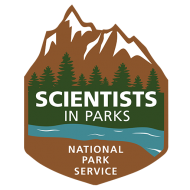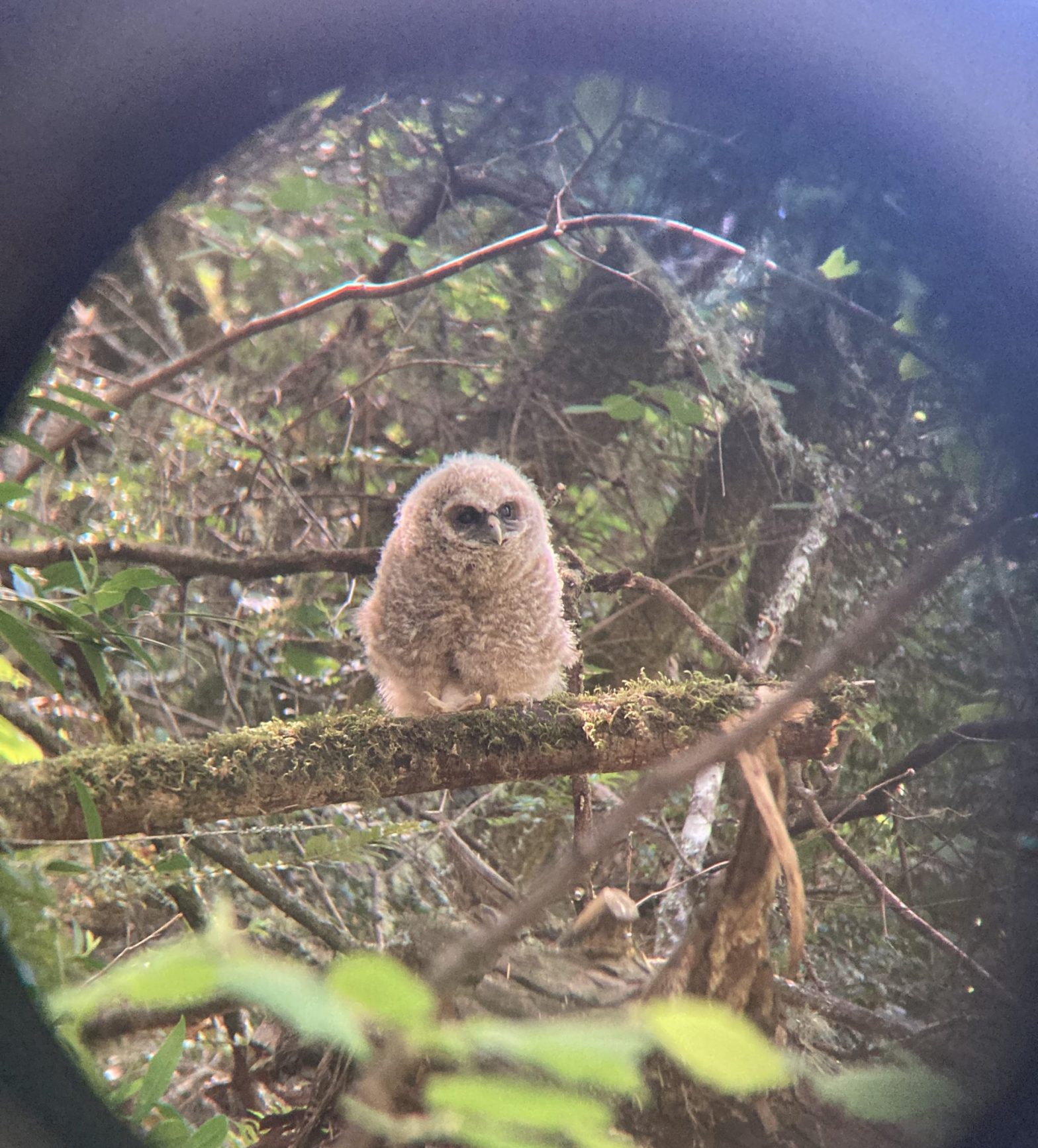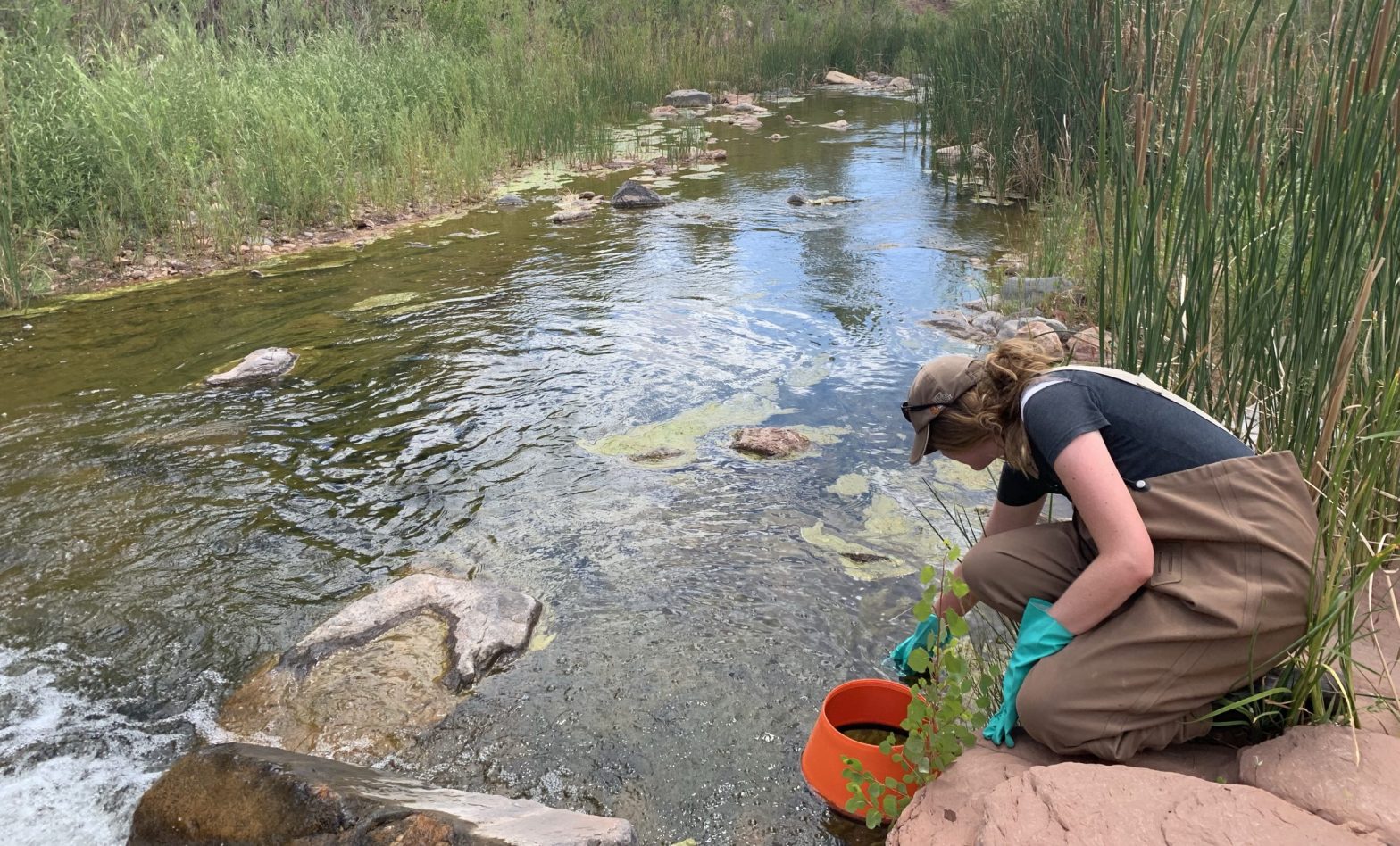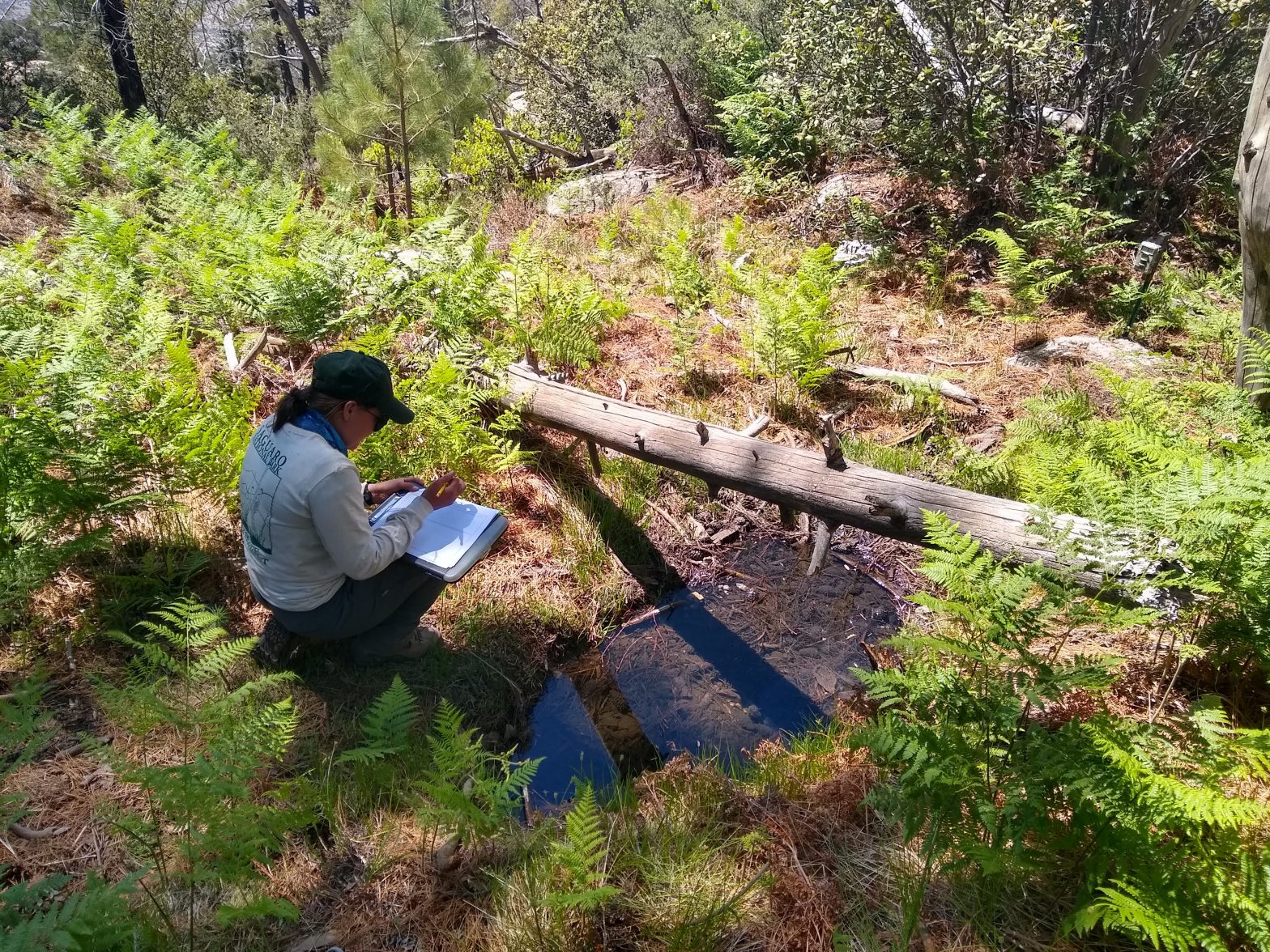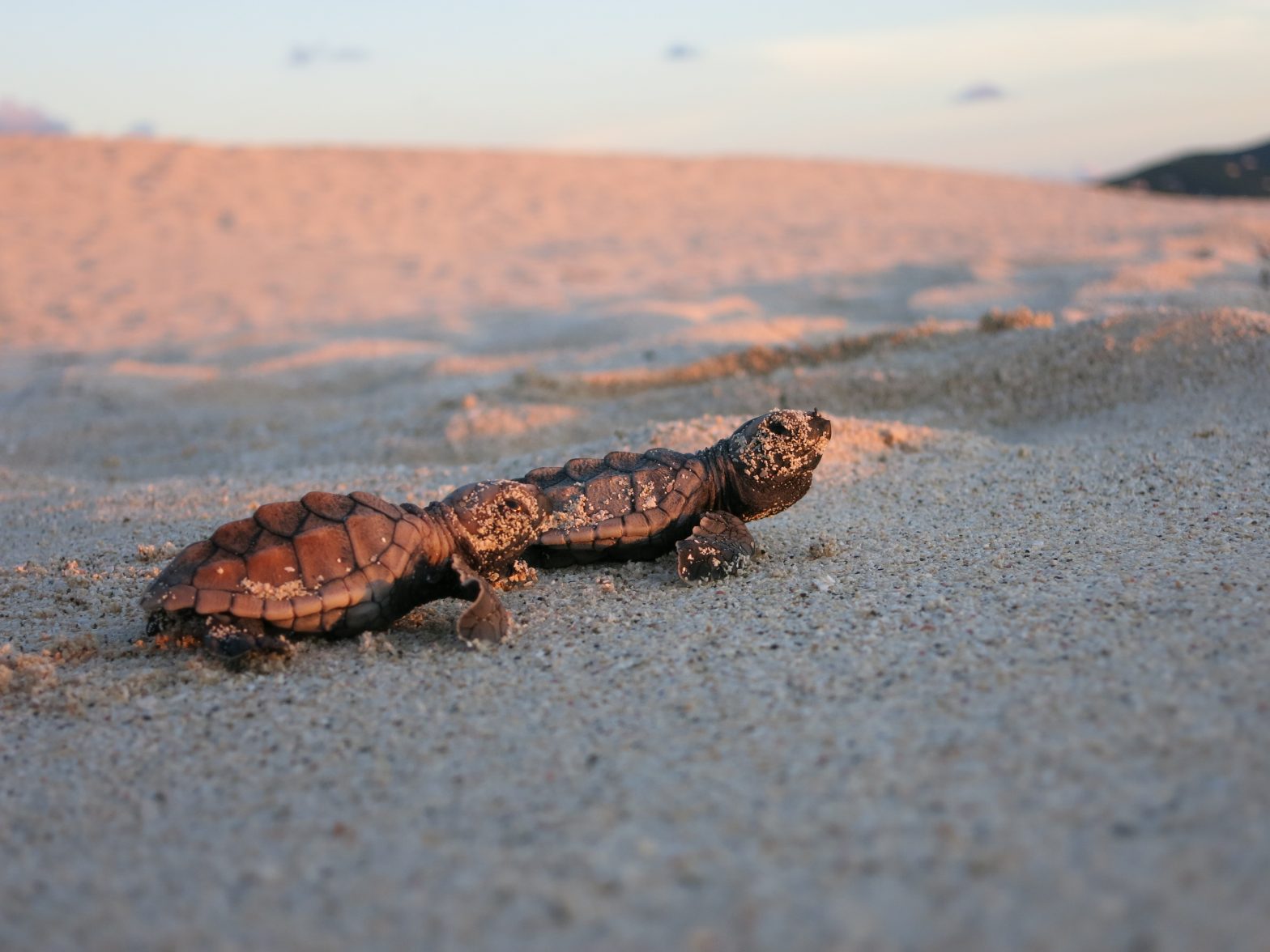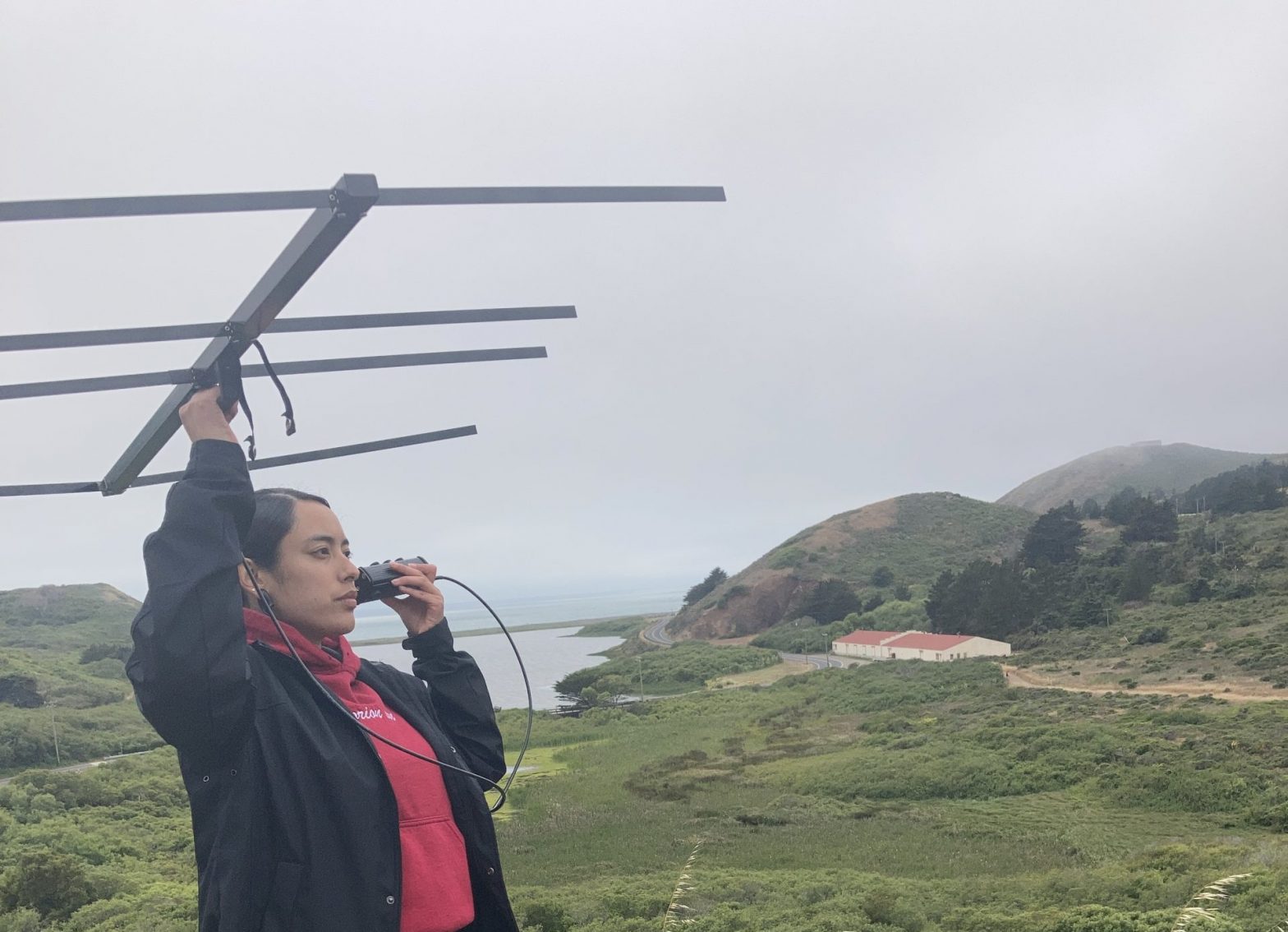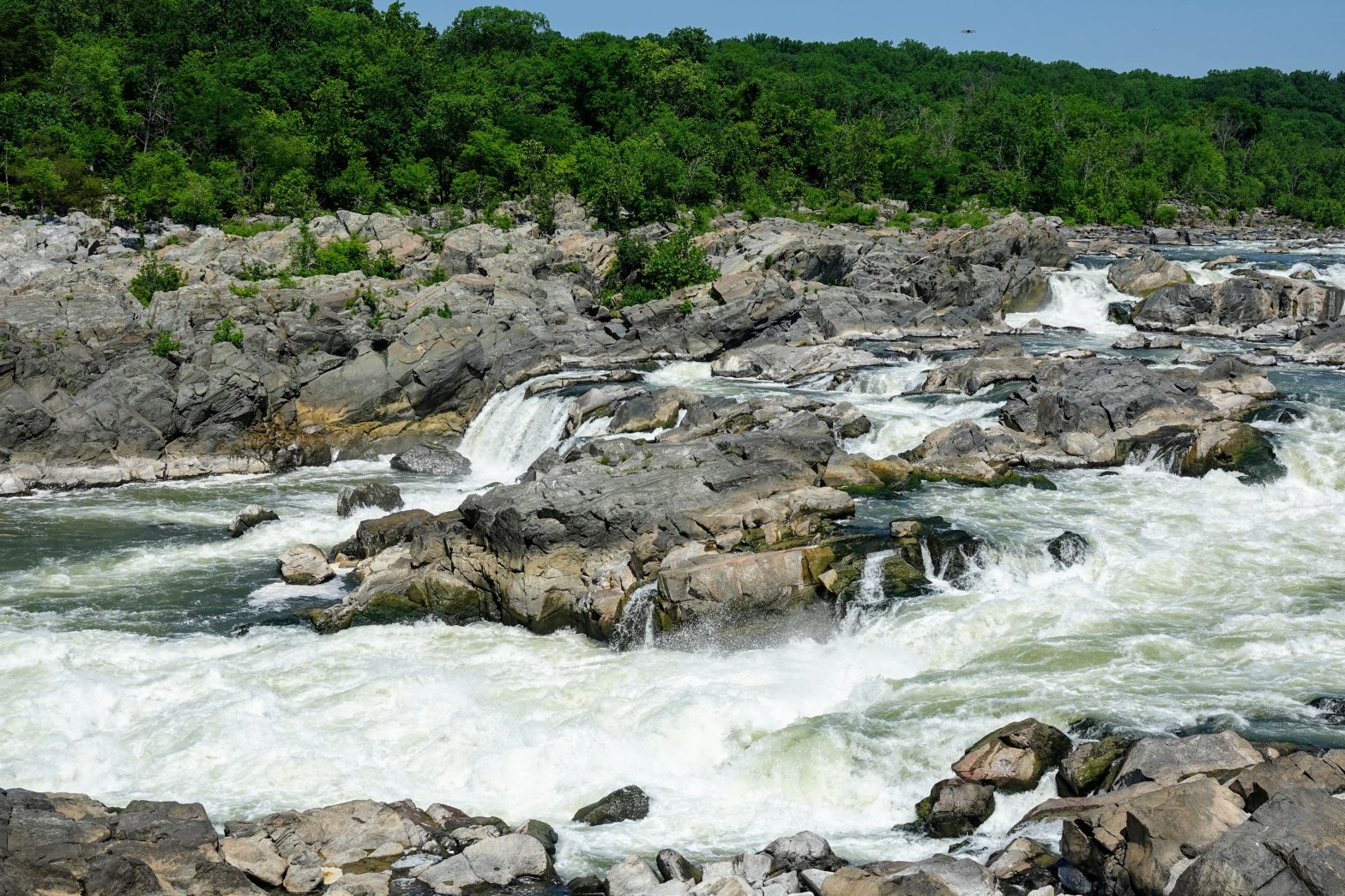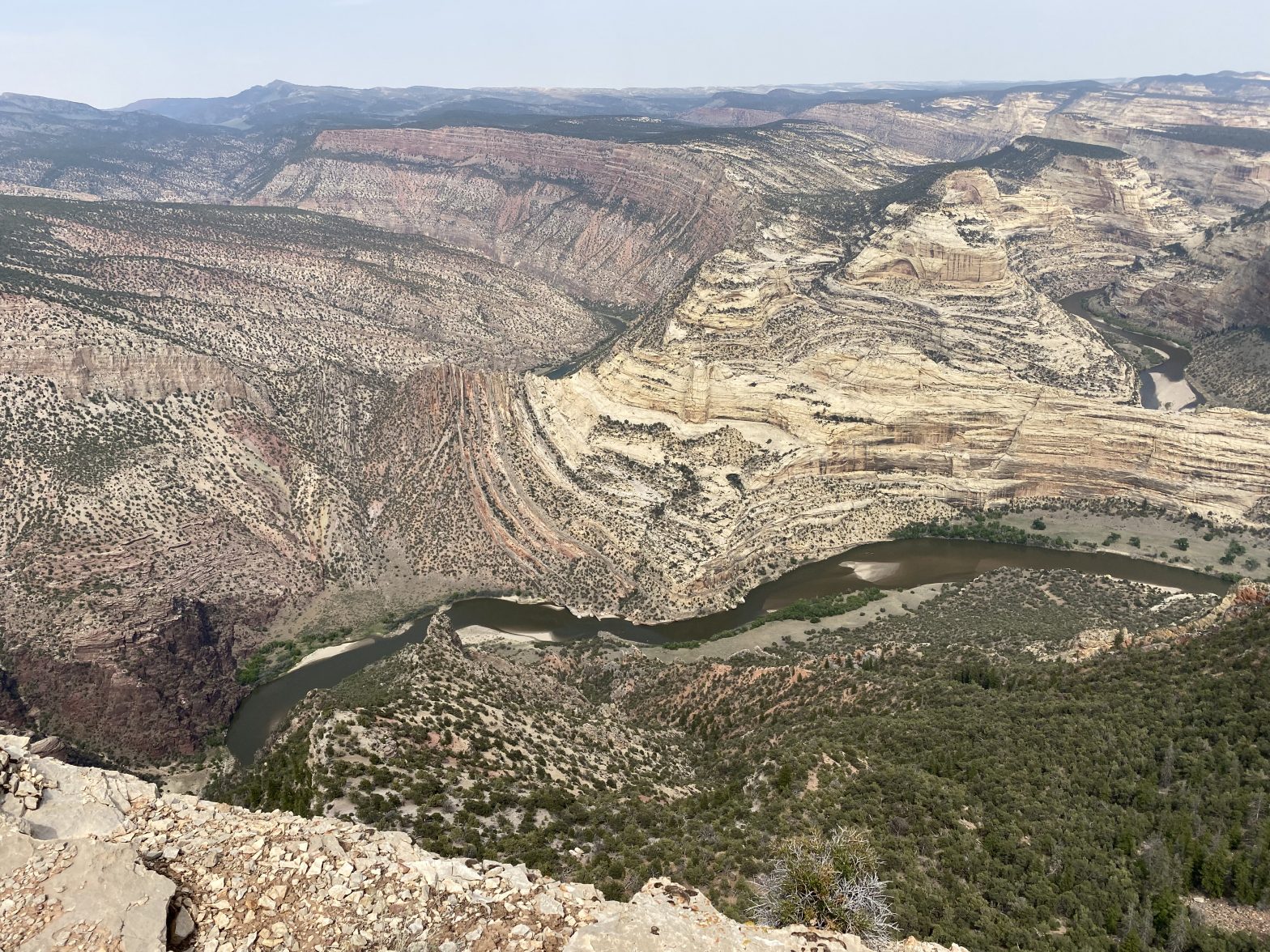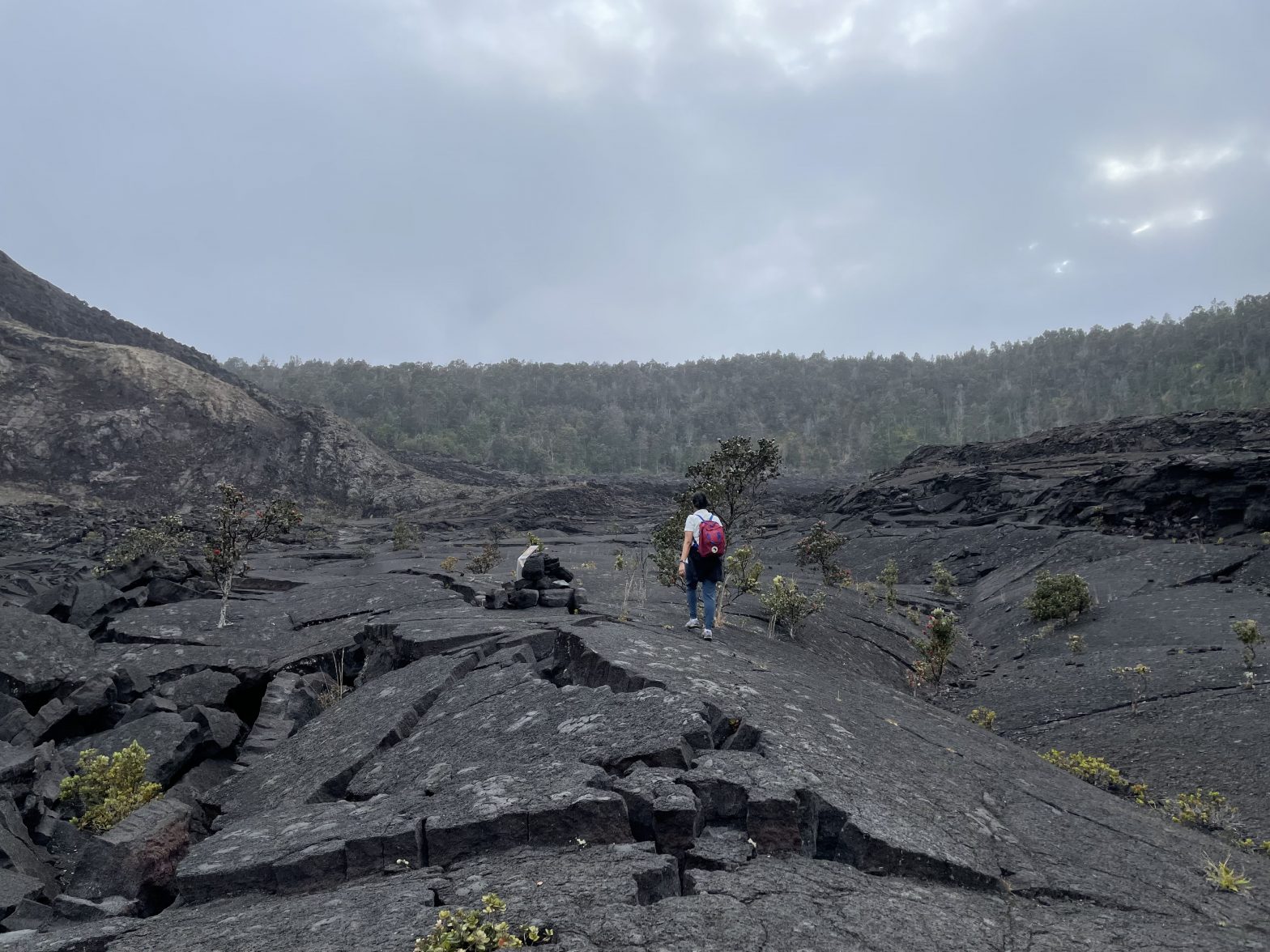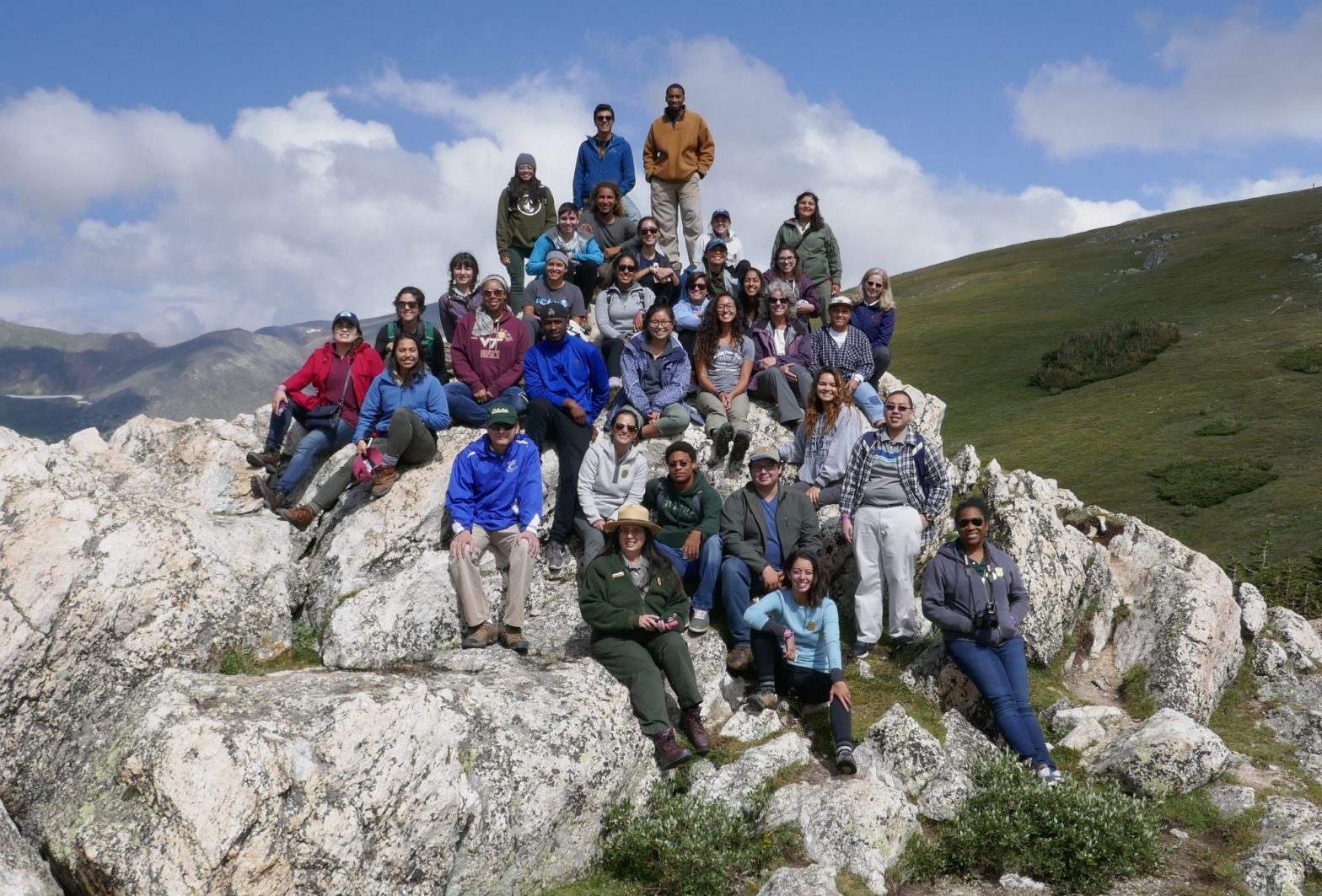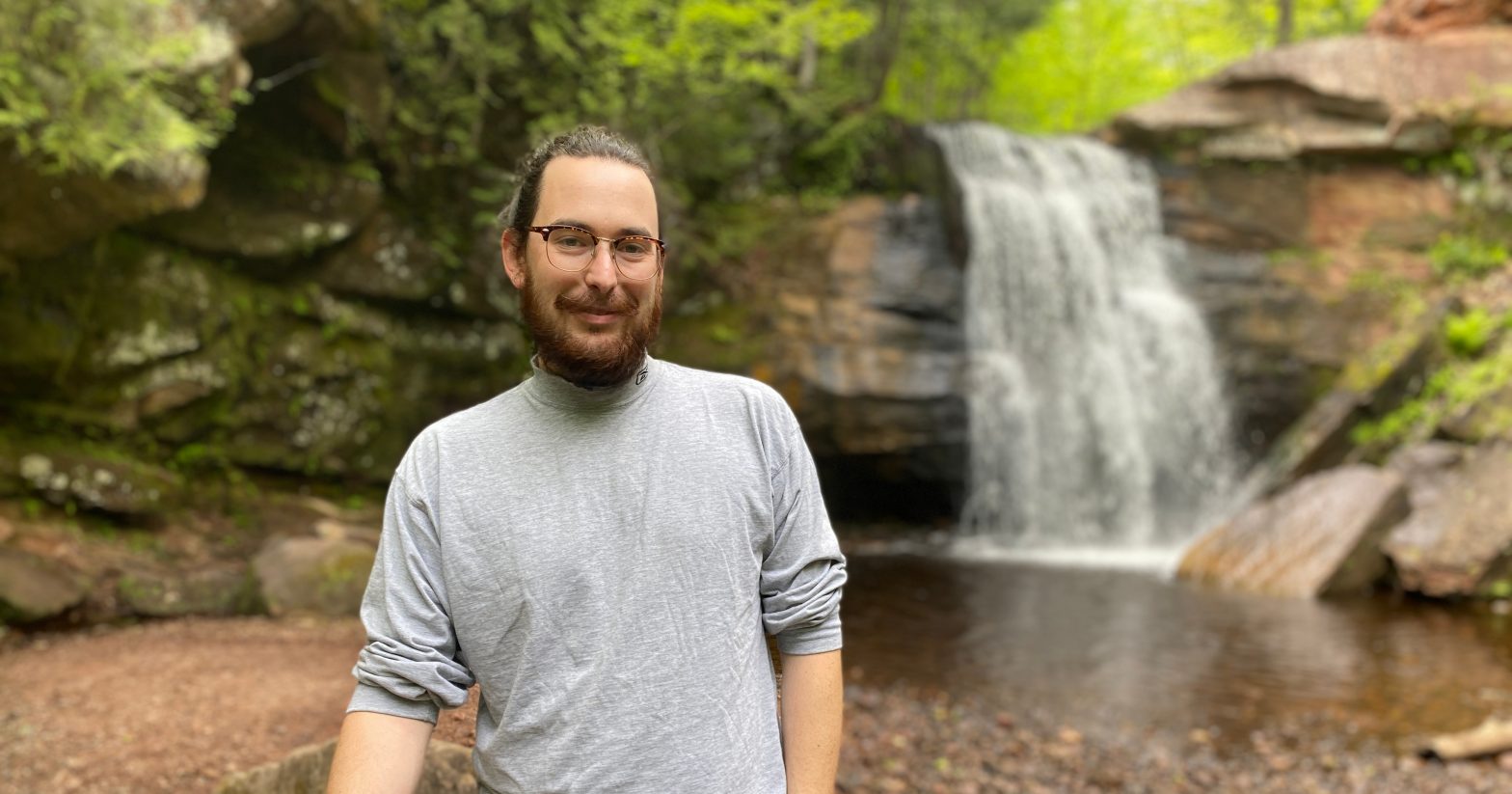Last week I was out on a bank swallow survey looking for active nests with folks from San Francisco city planning. As we talked about a project and the swallows, my recent spotted owl encounter became a topic of interest. Bill, my mentor, was joking about a video I posted of an owl flying only …
Category Archives: Uncategorized
You can’t unsee cyanobacteria
Have you ever learned or heard about something new and then – bam! – suddenly you see it everywhere? This is called the Baader-Meinhof phenomenon. It describes a cognitive bias in which people are more likely to recognize a specific thing frequently after noticing it for the first time. The past month I have experienced …
Variety is the spice of life: a multitude of projects at Saguaro NP
When entering grad school, you tend to find yourself heading towards a “specialty”. You often choose a focus in a specific field or study species and end up collecting a fairly niche set of skills and knowledge. For me, aquatic ecology and entomology became my niche (and a small one at that). But what has …
Continue reading “Variety is the spice of life: a multitude of projects at Saguaro NP”
When conservation programs are successful…what’s next?
I swear it feels like only yesterday that I started my position as a Scientists in Parks Fellow at Buck Island Reef National Monument (BUIS). It’s been a whirlwind of a summer, and since my position will end in a month, I would like to use this post to share something I have learned from …
Continue reading “When conservation programs are successful…what’s next?”
Beginner’s Luck
Imagine a foggy morning at the beach, hidden coves scattered throughout the coastline or rolling hills carpeted in coyote brush and sage. This landscape is nestled within the traditional territory of the Huimen tribe, the original inhabitants of what is now part of Marin County. My summer internship is based in the Marin Headlands, a …
Establishing species-specific action plans for rare, threatened, and endangered plants along the Potomac River
Hi everyone! My name is Vida Svahnstrom and I am a SIP Fellow at Chesapeake & Ohio Canal National Historical Park this summer. I have lived (and botanized) in as diverse places as Sweden, Florida, Scotland, and Australia, but have never stepped foot in Maryland or indeed the Mid-Atlantic region before. So what brought me …
DINOs and Orchids and Bighorns, Oh My!
The reality is that the global climate is shifting, and the United States is already experiencing erratic severe weather, uncontrollable fires, and diminishing natural resources as a result. My name is Mary Buford Turnage, I am a current M.S. candidate in Conservation Medicine at the Cummings School of Veterinary Medicine at Tufts University, in Massachusetts. …
Building curriculum around science and culture at Hawai’i Volcanoes National Park
The beautiful Hawaiian honeycreeper birds are cultural symbols across Hawai’i for many reasons. They are endemic to the islands, so you can’t see them anywhere else, and they’re a fantastic example of adaptive radiation, meaning they quickly diversified from an original species into numerous different species based on their specific niches (think Darwin’s finches). These …
Continue reading “Building curriculum around science and culture at Hawai’i Volcanoes National Park”
Featured Blogs
Sorted by date posted.
A-well-a birds, birds, birds, b-birds are my . . . data?
Ahhh, to the seasoned ornithologist—of which I definitely am one—the morning chorus of birdsong is as familiar as an old friend. There, can you hear that cooing? That must be a dove. And what about the high-pitched, chirpy noise? Because of my very experienced ear, I can clearly tell, um, that… it is… probably a …
Continue reading “A-well-a birds, birds, birds, b-birds are my . . . data?”
